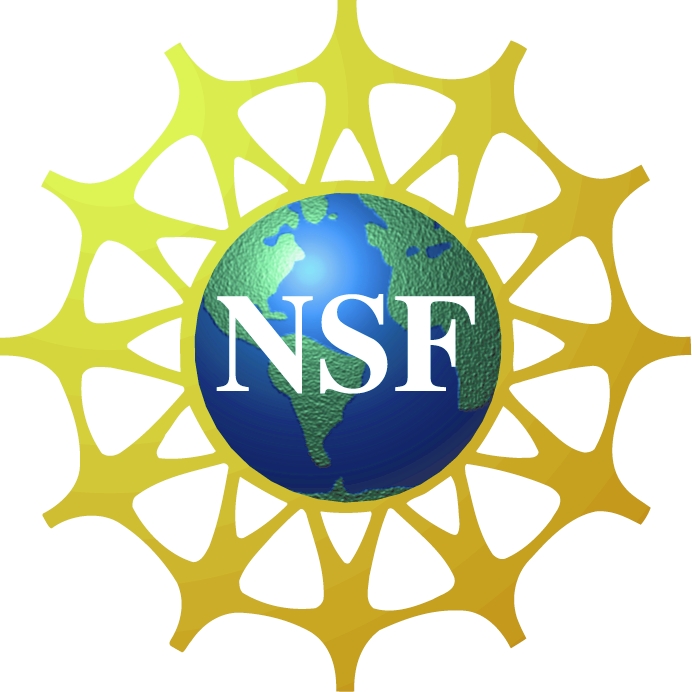Main Page
Geospace Environment Modeling (GEM) 
Geospace Environment Modeling (GEM) is a broad-based, community-initiated research program on the physics of the Earth's magnetosphere and the coupling of the magnetosphere to the atmosphere and to the solar wind. The purpose of the GEM program is to support basic research into the dynamical and structural properties of geospace, leading to the construction of a global Geospace General Circulation Model (GGCM) with predictive capability. This GGCM model will be modularized and will complement parallel developments of magnetohydrodynamic models. The strategy for achieving GEM goals is to undertake a series of campaigns and focus groups, in both theory and observational modes, each focusing on particular aspects of the geospace environment.
The Geospace Environment Modeling (GEM) program is sponsored by National Science Foundation (NSF) Division of Atmospheric and Geospace Sciences.
NEW TO GEM??? Want to stay informed about GEM activities? Sign up for announcements through the GEM Messenger at the Subscription Management website.
Contents
What's New
- GEM held its annual Summer Workshop on June 17-23, 2018 at the Eldorado Hotel in Santa Fe, New Mexico. See meeting information at the GEM Meeting Website and session details at the 2018 Summer Workshop wiki page.
- The 2018 Liaison reports have been published in Volume 28, Number 2 of the GEMstone Newsletter. This special issue is available in the GEMstone Newsletter Section.
- The Tail-Inner Magnetosphere Interactions (TIMI) and Magnetic Reconnection in the Magnetosphere Focus Groups have published final reports in Volume 28, Number 1 of the GEMstone Newsletter. This special issue is available in the GEMstone Newsletter Section.
- The minutes of the GEM Steering Committee Meeting at the Mini-GEM Workshop in December 2017 are available here and in the Documents and Reports Section.
GEM Best Practice
The GEM Best Practice document is provided as an informal guide for existing, new, and future members of the GEM Steering Committee. It also includes advice from previous Focus Group leaders on how to propose and run a Focus Group.
Anti-Harassment Policy for GEM Meetings and Activities
GEM is committed to ensuring that all participants in all GEM activities have an environment that is free from harassment. This policy applies to all attendees at GEM activities including scientists, students, guests, staff, and contractors participating in scientific sessions, auxiliary meetings, and social events associated with any GEM gathering or other activity. See the GEM Anti-Harassment Policy for details.
Acknowledgment and Disclaimer
This GemWiki site is based upon work supported by the National Science Foundation under Grant AGS-1405565. Any opinions, findings and conclusions or recommendations expressed at this website are those of the authors and do not necessarily reflect the views of the National Science Foundation (NSF). Comments about this website can be e-mailed to the GEM Communications Coordinator at gemeditor [at] igpp.ucla.edu.